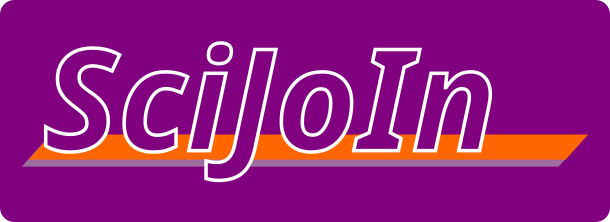Constraint manipulation as a feasible strategy for gait alteration and intervention: a scoping review
DOI:
https://doi.org/10.20338/bjmb.v15i5.263Keywords:
Body weight unloading, Walking, Non-disabled adults, Stroke, Cerebral palsyAbstract
In this paper, we describe general information regarding the use of the partial body weight support (BWS) paradigm as a strategy to manipulate constraints during walking by individuals with and without gait impairments. We present two overground BWS systems implemented by our research group and the main studies that have been conducted so far. Non-disabled young adults, individuals with stroke, and children with cerebral palsy were considered in our investigations. Gait assessment with different amounts of body weight unloading on both the treadmill and the ground, as well as gait training protocols with BWS on these surfaces, were conducted, and general results are reported. Based on our investigations, we suggest that the use of a BWS system on a treadmill and on the ground, as a strategy for manipulating constraints, enables individuals with gait impairment to walk. More importantly, professionals in the field of gait rehabilitation can carry out training protocols throughout the manipulation of implements that assist walking, such as using a harness connected to a structure.
Downloads
Published
How to Cite
Issue
Section
License
Copyright (c) 2021 Ana Maria Forti Barela, Gabriela L. Gama, Melissa L. Celestino

This work is licensed under a Creative Commons Attribution-NonCommercial-NoDerivatives 4.0 International License.
Authors must declare that the work submitted is their own and that copyright has not been breached in seeking its publication. If the manuscript includes work previously published elsewhere, it is the author(s) responsibility to obtain permission to use it and to indicate that such permission has been granted.
Authors retain the copyright of their paper and grant the Brazilian Journal of Motor Behavior (BJMB) the right to first publish the work under a Creative Commons Attribution-NonCommercial-NoDerivatives license (CC BY-NC-ND). This license allows users to share the paper given the appropriate credit to the author and source and does not allow commercial uses and derivative materials to be produced.



























